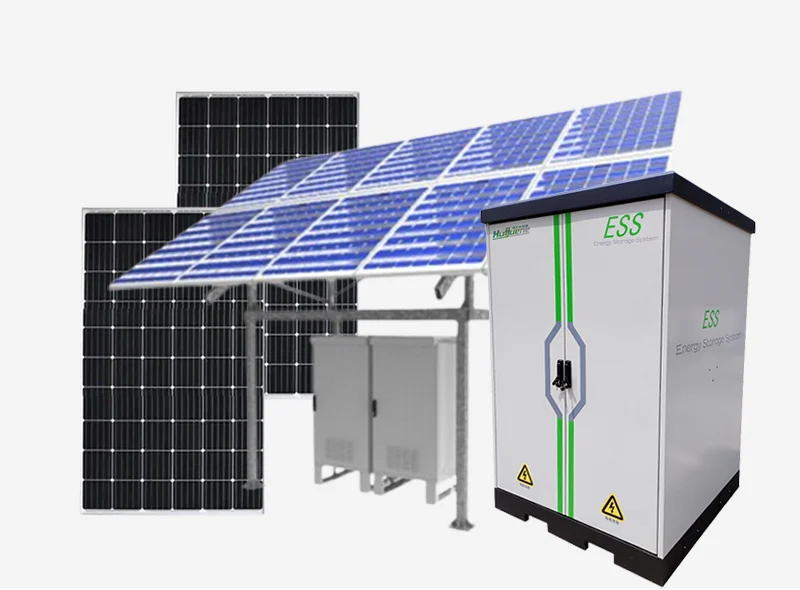Energy storage technology is extremely important in the contemporary energy sector featuring the booming development of renewable energy and increasing demands for stability on the grid. The energy storage system can store excess energy and release it during peak consumption or insufficient energy supply, balancing energy supply and demand and ensuring a stable operation of the grid. However, different energy storage methods have different costs, which directly influences their promotion and application. So, which is the cheapest way to store electricity?
Pumped Storage: the Current Cost Advantage Currently
pumped storage is generally considered to be the cheapest form of large-scale energy storage. The working principle is that two reservoirs of different heights are used. In cases of low power load, excess electric energy is utilized to pump water from the lower reservoir to the upper one, thereby changing electric energy into water potential energy storage. When the demand reaches its peak, the water in the upper reservoir flows down, rotating the turbine connected with a generator to generate electricity, and the potential energy is transformed into electricity.
In comparison, it holds a special advantage in the price of pumped storage. Liu Hanyuan, NPC deputy and chairman of the Board of Directors of Tongwei Group, said that the cost of pumped storage is about 0.21-0.25 yuan, and on condition that the small reservoir program is adopted, under existing technical conditions, it can even lower to about 0.1 yuan of KWH. In contrast, other energy storage methods are expensive. For example, the bidding price for energy storage batteries made of lithium iron phosphate in China was mainly concentrated between 1.2-1.7 yuan/Wh in 2021. According to the estimation by Bloomberg New Energy Finance, it is expected that the global electrochemical energy storage EPC cost will be about US$261/kWh in 2022, equivalent to about 1.66 yuan/Wh.
Not only is the cost of pumped storage low, but it also has many advantages. The technology is mature; after long-term development and practice, construction operation and maintenance experience, the stability and security of the system are thus high. Energy conversion efficiency can also be as high as 70% to 80%. Thus, it can effectively realize the storage and conversion of electric energy. And long service life, the dam body can be used for about 100 years, and the motor equipment is expected to be used for about 40-60 years, which further apportends the construction cost and highlights its economy.
Second, cost analysis of other common energy storage methods
(1) Lithium-ion batteries
Lithium-ion batteries are a widely used form of energy storage and are used in large quantities in electronic products and electric vehicles. The cost of this technology is falling with the advance in technology and expansion of production scale. The lithium-ion battery price has fallen about 20% with each doubling of global capacity. Still, it is presently more expensive compared to pumped storage. In 2021, the quotation price of China’s lithium iron phosphate battery energy storage is mainly concentrated between 1.2 and 1.7 yuan/Wh. According to the report, by 2025, the global electrochemical energy storage EPC cost is expected to decrease to US$203/kWh, about 1.29 yuan/Wh. However, there is still a gap in price compared with the cost per kilowatt-hour of pumped storage. However, Li-ion batteries are flexible and responsive, hence suitable for short-term storage scenarios of up to eight hours.
(2) Flow battery
The flow battery has excellent cycle life, and the capacity loss is very little in its lifecycle. However, upfront investment costs are high with a value of about 400-600 $/kWh, and although several manufactures predict that this cost will go down in the near future, for the present the cost is well above that of the pump storage. It is suitable for medium time storage.
(3) Compressed air energy storage
Domestic research on compressed air energy storage technology is unceasingly deepened, and the demonstration projects of 500kW class, 1.5MW class and 10MW class compressed air energy storage have been built one after another. The study pointed out that the levelized power cost of this compressed air energy storage system is expected to be 0.978 cents /kWℎ, in comparison, it is still higher than the kilowatt-hour cost of pumped storage. Compressed air storage will also be suited for medium time storage.
Third, energy storage cost-determining factors and future trend
Many factors affect the cost of energy storage technologies. Technological progress is the key: lithium-ion batteries achieve economies of scale by material innovation, such as process improvement to reduce costs; the scale effect is very significant, that is, with the expansion of energy storage equipment production scale, the unit production cost reduces; policy support can also reduce the construction and operation costs of energy storage projects, such as government subsidies and preferential policies.
From the point of view of future development trends, although obvious cost advantages are enjoyed by pumped storage at present, other energy storage technologies continue to be developed. Models released from Imperial College London predict that lithium-ion batteries could become the cheapest storage option for electricity in most application scenarios from 2030 onwards. All types of energy storage technologies are developing and innovating; there might be lower-cost and better performance energy storage methods in the future that may change the current pattern of energy storage.
In a word, the cost of pumped storage is the lowest in large-scale energy storage at present, while the energy storage field is developing fast, and the cheapest way to store electricity may change with the development of technology. It corresponds in practice that various applications in which either single or several combined methods of energy storage technology may be appropriately selected based on the differences among various scenarios or demands could obtain optimal results of energy storing performance and economic gains.

